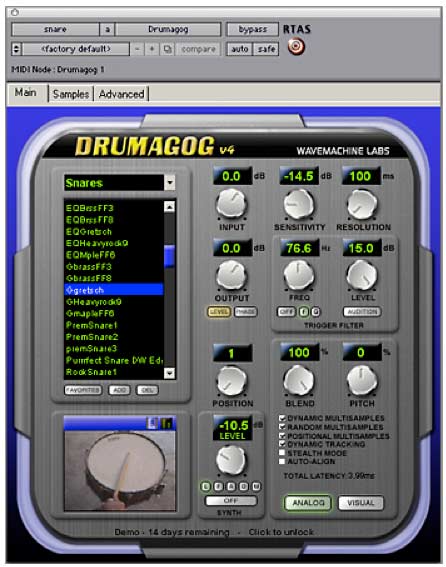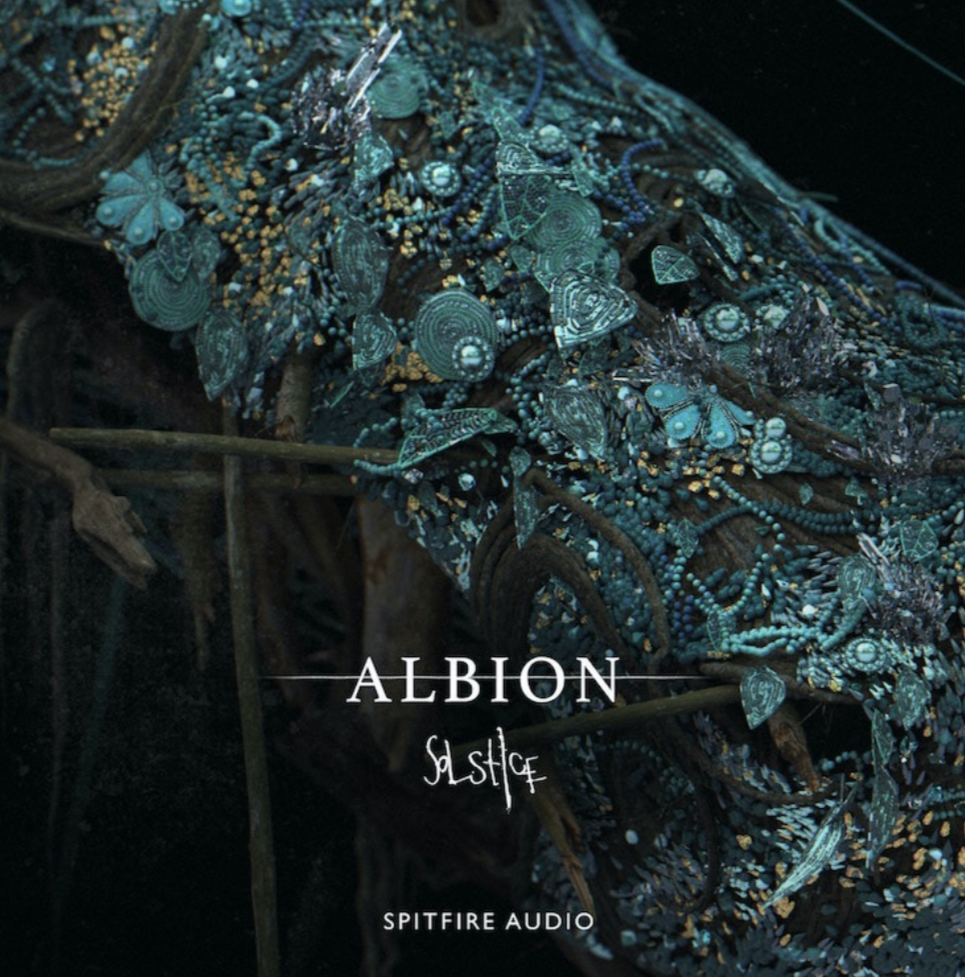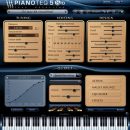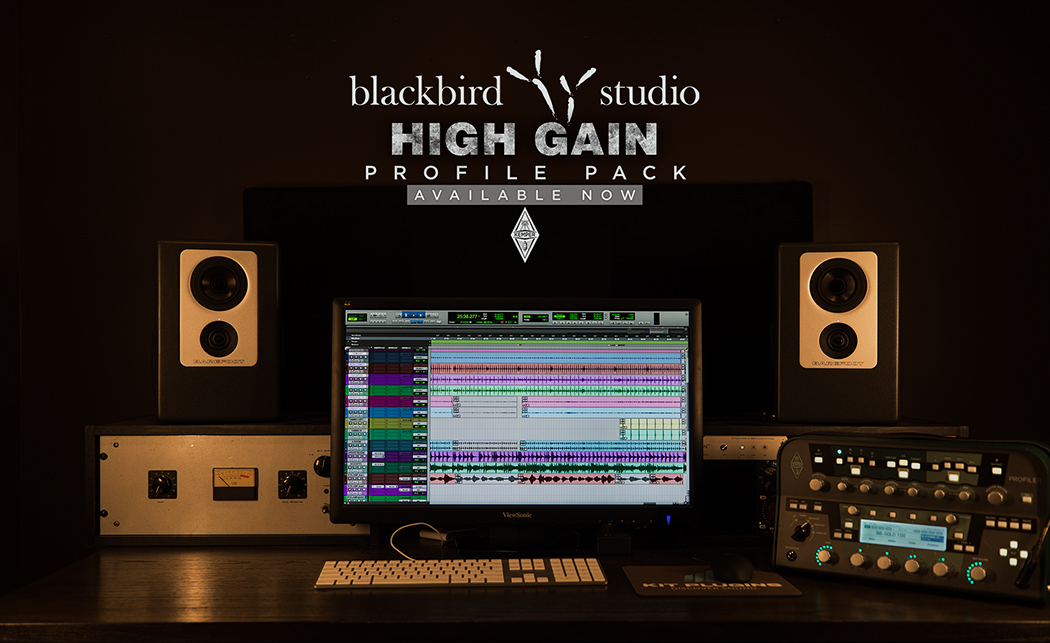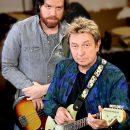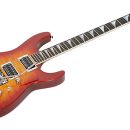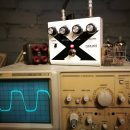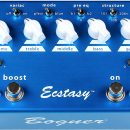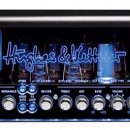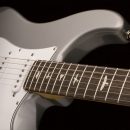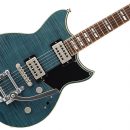There’s an age-old dilemma in the world of synthesis: preset or program? An entire industry exists to create new presets for synths, companies sell preset packs for every virtual and physical synthesizer on the market, and sample libraries are constantly being released.
It’s too easy these days. Even though we have more control over our sounds we also face an avalanche of available presets. What is it about our gear that makes us afraid to take control and program our own sounds? Too many features? Too hard to navigate hundreds of menu options? Or is the latest synth technology just too complex to wrap our heads around?
There will always be a time when presets are what you need: time crunches doing work for hire, moments when you need a realistic instrument sample for a part, live work when you have to have a very particular sound, but there are other times when you need to dig in and find a sound of your own. And if you’re a musician creating original music in a rock band, you owe it to yourself to develop “your sound”, and playing technique is only one part of the equation.
Serious guitar players spend half of their time working on the craft of their playing, and they spend the rest of their time perfecting their tone. They optimize and tweak the sound of their guitar amps, their effects, and the tonal characteristics of their guitars in order to create a sound that is unique to them and that gives your band part of its signature sound. So why would you settle for playing whatever default sound the manufacturer gave you? Are you going to let yourself be creatively out-smarted by your guitar player? I didn’t think so.
Well, I’m going to attempt to help you break free. If you find yourself more often than not scrolling through hundreds of presets looking for “the one” sound for your next hit song, then read on for some tips on how to get the sound you want by starting with a preset and then tweaking.
First, a short tutorial on some common synthesis terms that you should know:
Terms
Oscillator
The primary sound source in most synthesizers. An oscillator generates a wave, usually a selection between Saw, Ramp, Pulse, Square, and Sine. Each one of these waves creates particular sounds, and each responds differently to further processing.
Some keyboards utilize sample-based waveforms in place of (or in addition to) oscillators in order to create more complex waveforms that have different sonic characteristics.
Envelope
The way a sound responds over time. This is usually represented by four controls – Attack, Decay, Sustain, and Release, also known as ADSR. Tweaking the ADSR envelope is one of the primary and simplest methods for changing a sound. For example: maybe you like the lush sound of a particular pad, but for your new song, the attack is too slow, or the sound lingers too long after you release the keys. You can simply adjust the Attack and Release controls and make the sound respond to your style of playing in a particular song.
Filter
A filter is simply an effect that reduces frequencies in certain frequency bands, like an EQ, with a resonance control that emphasizes the volume of the frequency on the outside edge of the filter. Filters are one of the best ways to shape sound! There are several kinds of filters, and most synthesizers offer a selection of them.
- Low Pass: The most common, this filters out higher frequencies, leaving the bass tones (low frequencies).
- High Pass: Filters out lower frequencies, leaving only the higher tones.
- Band Pass: A sort of “upside down U” filter – only allows a certain frequency to pass, which is variable (sweepable) with the resonance control.
- Notch: The inverse of Band Pass – removes a band of frequencies, while letting all others pass.
Adjusting the filters on a sound can radically change its tonal characteristic, taking a sound from smooth and lush to bright and metallic, and manipulating this in real time (filter sweeps) while holding notes or chords is a common technique used by many keyboard players to add an additional live dynamic to their sound.
LFO
An LFO is a Low-Frequency Oscillator. It creates a constant wave that can’t be heard but can affect the oscillators, filters, etc. in a synth. LFO’s are key to creating interesting modulation – everything from vibrato to tremolo and filter sweeps. Most synthesizers offer control via a modulation matrix of some kind, allowing you to use the LFO to control many parameters.
Tutorial - Now, on to the tips!
1. Read the manual!
First things first – learn the possibilities of the instrument! Figure out what it does – what features are its specialties and what options exist. If you’re too busy playing all day, then read a section when you’re not at the keyboard, such as before going to sleep, and keep some post-its handy to bookmark pages with useful information. This will help more than you may realize. Every time something pops out at you from the manual be sure to experiment with that feature the next time you play the synth.
Most synthesizers have controls laid out in such a way as to get to grips with sound generation quickly, with the most important features easily accessible in a few short knob tweaks. You’ll find that you rarely need to dig very deep in order to take a basic sound and customize it into something more unique.
2. Look at the presets, analyze, and disassemble
Another classic method of learning to program your own sounds is to disassemble presets to discover what makes a sound work. Follow the signal – from the oscillators through to the filters, modulation, LFO’s and figure out what makes the sound memorable or forgettable.
3. Start simple and then go crazy
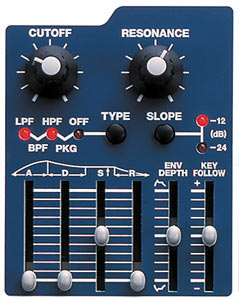 Find a preset that is close to what you would like, or maybe it’s a sound you already use in a song, but you’d like to make it a little more personal and unique to your band’s sound and tweak it. If you like a sound, but it’s too bright, or too muddy, play with the filter! Then modify the ADSR envelope so the sound fits your style of playing and songwriting. Subtle changes can take a generically good sound and make it great for your individual musical taste.
Find a preset that is close to what you would like, or maybe it’s a sound you already use in a song, but you’d like to make it a little more personal and unique to your band’s sound and tweak it. If you like a sound, but it’s too bright, or too muddy, play with the filter! Then modify the ADSR envelope so the sound fits your style of playing and songwriting. Subtle changes can take a generically good sound and make it great for your individual musical taste.
Once you’re ready to begin programming truly unique sounds, try to start with the bare minimum. Load a blank patch to begin, and focus on the signal path – oscillators, filters, modulation routing, and onboard effects. Build the sound from the ground up. Simple things can have big effects – the waveform selection, envelope, oscillator tuning, LFO’s controlling the pitch and modulation, and so on. Try simple things that add subtle flavor to sounds.
4. Randomize
Some synthesizers offer a patch randomize feature, creating a program from random generation. If it doesn’t have a randomize feature, you can always do it the old-fashioned way – turn knobs at will! Chaos to be sure, but it’s fun and can produce interesting results!
5. Effects!
Onboard effects can help to define a sound – some synthesizers offer an assortment of delays, reverbs, and modulations which can help to add movement and ambiance to leads, basses, sequences, and more. Working with additional effects is always a great way to dramatically change a sound too – chorus, flanging, compression, bit reduction, ring modulation — all of these things can help to turn even a single sine wave into a signature sound. Experiment with insert and buss effects, as well as the ordering of the effects. Placing a compressor after a delay can create some interesting results!
6. Chaos as structure
Embrace Chaos! There are several effects that assist in rearranging, randomizing, and otherwise altering your sounds, including rhythms.
Smartelectronix’ Supatrigga (http://www.smartelectronix.com/) provides a great way of adding chaos to drum programming, or to add variety to otherwise stale drum loops. DestroyFX Buffer Override (http://destroyfx.smartelectronix.com/) is also a great tool to use to bring chaos to your parts. KTGranulator (http://www.smartelectronix.com/) as well as many instruments in the Native Instruments Reaktor (http://www.nativeinstruments.com/) library feature granular synthesis as an effect – scanning through incoming audio and playing back granular snapshots of the buffer in a variety of ways.

7. Using a sequencer to define a sound
Sometimes just setting up a basic melodic sequence and keeping it playing while tweaking the filters and envelops can help you to determine the usefulness of the sound you are working on. Shape the envelope to create longer and shorter sounds, use an LFO to affect the envelope release and more. The sky’s the limit!
8. Outboard vs. software – out of the box and back in again!
Software synthesizers are a great tool, to be sure, but sometimes the psychological effect of running audio through outboard effects can really spice up your sound design efforts. Run a signal out of your synth’s audio interface and into some guitar effects or outboard filters, then into an amplifier, mic the speaker, or use raw oscillators or samples and shape them with an entire pedalboard! Keyboard players use amps in a lot of live situations – try it in your studio!
9. Outboard vs software part two-run your mothballed keyboards through fancy VSTFX
It’s a well known “secret weapon” of electronica artists – using the pawn shop keyboard as signature sound. Old string synths, organs, early-80s Casio keyboards, all of them have deceptively simple structures for sound generation, and all of them provide great raw material to further shape with effects in your digital audio workstation (DAW). Try crazy modulation, phasers, chorus, distortion, and compression. So many simple effects can turn an otherwise “cheap” sounding synthesizer into a lush dreamscape.
10. Simplify and diversify
Keep it simple, and try lots of things! There are a plethora of free software effects and synthesizers from developers that can offer up some great starting points, and plenty of power behind every new keyboard released. Stay focused, and spend as much time as possible in exploring the power of your synths!
Conclusion
To sum it all up – presets can come in handy, saving you time and keeping you entertained for hours on end. But in the search for a signature sound or the satisfaction of creating one, learning to really use your equipment and trying new things will help you break through to a new level.


